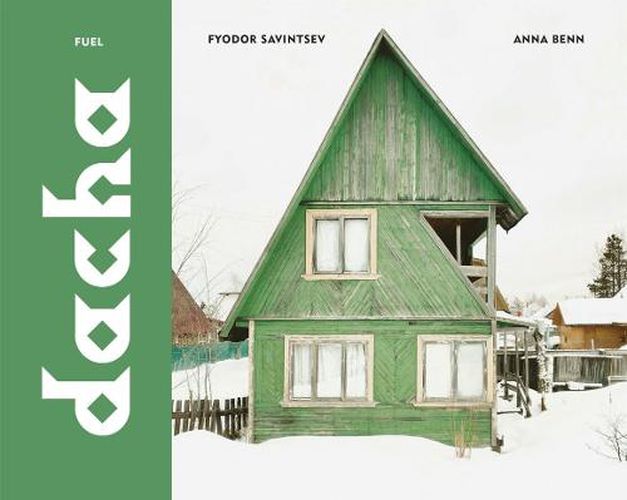Readings Newsletter
Become a Readings Member to make your shopping experience even easier.
Sign in or sign up for free!
You’re not far away from qualifying for FREE standard shipping within Australia
You’ve qualified for FREE standard shipping within Australia
The cart is loading…






The ‘dacha’ is a uniquely Russian phenomenon, the word has been used to describe constructions ranging from grand imperial villas to small sheds. Usually however, it refers to a second home, constructed from wood, located on a small plot in the countryside surrounding a major city.
Originally dachas were bestowed by the Tsar to reward courtiers. After the revolution, this custom continued into the Soviet era, with cooperatives building dachas for their members. Although described as being for the benefit of labourers, in reality they were destined for those favoured by the State, including famous writers, architects and artists - from Pasternak to Prokofiev. In the 1980s, threatened by shortages, Gorbachev provided a further two million dacha plots. The fall of the Soviet Union accelerated their use, with economic uncertainty pushing Russia’s city dwellers towards self-sufficiency.
The dacha tradition has survived Revolution, war and the collapse of Communism, becoming an integral part of Russian life in the process. Today, across the Russian Federation, there are over 15 million dacha owners.
This important cultural and architectural form, largely ignored in Russia, has been intimately documented by Fyodor Savintsev. His photographs serve as a significant record of an astonishing wooden world that is rapidly vanishing.
$9.00 standard shipping within Australia
FREE standard shipping within Australia for orders over $100.00
Express & International shipping calculated at checkout
The ‘dacha’ is a uniquely Russian phenomenon, the word has been used to describe constructions ranging from grand imperial villas to small sheds. Usually however, it refers to a second home, constructed from wood, located on a small plot in the countryside surrounding a major city.
Originally dachas were bestowed by the Tsar to reward courtiers. After the revolution, this custom continued into the Soviet era, with cooperatives building dachas for their members. Although described as being for the benefit of labourers, in reality they were destined for those favoured by the State, including famous writers, architects and artists - from Pasternak to Prokofiev. In the 1980s, threatened by shortages, Gorbachev provided a further two million dacha plots. The fall of the Soviet Union accelerated their use, with economic uncertainty pushing Russia’s city dwellers towards self-sufficiency.
The dacha tradition has survived Revolution, war and the collapse of Communism, becoming an integral part of Russian life in the process. Today, across the Russian Federation, there are over 15 million dacha owners.
This important cultural and architectural form, largely ignored in Russia, has been intimately documented by Fyodor Savintsev. His photographs serve as a significant record of an astonishing wooden world that is rapidly vanishing.